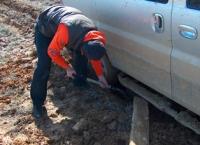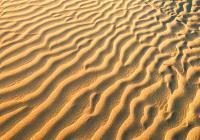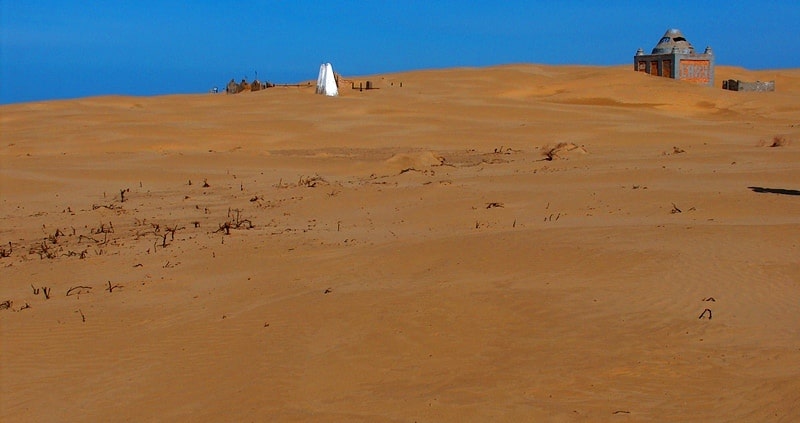You are here
Sands Small Barsuki.




Deserts of the North Aral Sea.
“It often occurs that pride and selfishness are muddled with strength and independence. They are neither equal nor similar; in fact, they are polar opposites. A coward may be so cowardly that he masks his weakness with some false personification of power. He is afraid to love and to be loved because love tends to strip bare all emotional barricades. Without love, strength and independence are prone to losing every bit of their worth; they become nothing more than a fearful, intimidated, empty tent lost somewhere in the desert of self.”
Criss Jami, «Killosophy».
A trip from Aralsk to the Saksaulskaya station.
If you draw a direct line from Saksaulskaya station to the west, from about this place and further to the north, Maly Barsuki sands are located in the Aktobe region, and from the direct line to the south, the sands are in the Kyzylorda region.
Sands Big Barsuki are located on the north side of the Small Aral Sea. Sands are stretched from southwest to northeast for 94 kilometers, the greatest width, in the central part, is 25.7 kilometers. The highest sand height in the southern part reaches 111 meters above sea level, in the northern part 188 meters above sea level.
In the southern part, the sands border on the village of Akespe located on the northwest coast of Butakova Bay on the North Aral Sea in the Aral region of the Kyzylorda region. In the east, the sands border the mountains of Altinshoky Su, in the west with the Tentexor salt marsh.
Through the northern part of the sands, from the southeast to the northwest, the Kyzylorda - Aktobe railway runs 11.5 kilometers long. In the northwestern part of the sand border is the railway station Shagyr. Along the western edge of the sands in the southern part of the Small Barsuki you are producing oil.
The sands of Malaya Barsuki occupy depressions, stretching south from the Turgai hollow and separated by a strip of radical relief. The height of the sand hillocks is from 4 to 10 meters, the cell depth is from 3 to 5 meters.
Sandy massifs consist predominantly of sands of Paleogene, and only in the northwestern part of the Big Barsuki are alluvial deposits found. The wind forms ridges and dunes out of sand; in the flat areas, sand is fixed by xerophytic shrubs, wormwood, hodgepodge and ephemera.
On the slopes of the hillocks and ridges there are thickets of juzgun, sand acacia, shrub astragalus, kandym and chingil. There are unique artificial plantations of woody vegetation (pine, aspen, jida). Trees grow in small groves up to 0.5 ha, reaching a height of 10 - 12 meters.
The territory of the desert is used for grazing, especially in summer, when there is a sufficient amount of water (a relatively high level of standing groundwater). The climate is sharply continental with frosty windy winters and hot, dry summers.
The average annual rainfall is 150 - 200 mm.


Aurhority:
Alexander Petrov. http://dic.academic.ru
Photos
Alexander Petrov.







